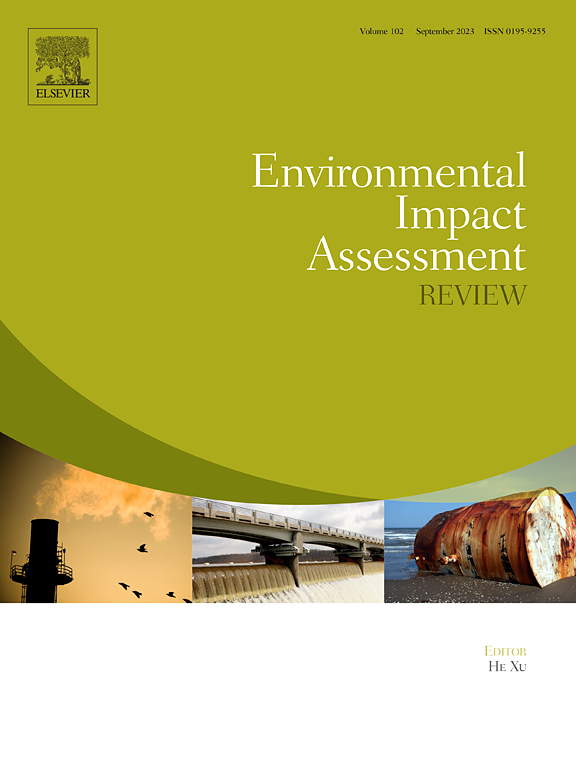The neglected cost: Ecosystem services loss due to urban expansion in China from a triple-coupling perspective
IF 9.8
1区 社会学
Q1 ENVIRONMENTAL STUDIES
引用次数: 0
Abstract
Urban expansion's direct ecological consequences are well recognized, but its indirect and remote effects remain unclear. This study explores how urban expansion in China drives a series of land use changes, causing ecosystem service (ES) loss through triple-coupling mechanisms: (1) Intra-coupling Loss from the direct occupation of natural land and cropland, (2) Peri-coupling Loss from converting surrounding natural land to compensate for lost cropland, and (3) Tele-coupling Loss from off-site cropland compensation. From 2000 to 2020, Intra-coupling, Peri-coupling, and Tele-coupling loss accounts for 61.31 %, 19.86 %, and 18.83 %, respectively, highlighting that nearly 40 % of the ES loss due to urban expansion stems from indirect effects. Intra-coupling Loss dominates in three coastal regions, while Peri-coupling Loss is prominent east of the Hu-Line, and Tele-coupling Loss is concentrated in Northwest, Northeast, and Southwest. The key factors determining the scale and pathways of ES loss include urban expansion extent, cropland holdings, and reserve resources of cropland. This means that vulnerable regions bear the negative consequences of urban expansion in more developed areas, indicating spatial injustice. Although Tele-coupling's share has decreased over the study period, its concentration has intensified, exacerbating pressure on vulnerable regions. Among various ES, carbon sequestration is most significantly indirectly affected, followed by habitat quality. This study enhances the systemic understanding of the ecological consequences of urban expansion and provides a basis for sustainable development strategies.

求助全文
约1分钟内获得全文
求助全文
来源期刊

Environmental Impact Assessment Review
ENVIRONMENTAL STUDIES-
CiteScore
12.60
自引率
10.10%
发文量
200
审稿时长
33 days
期刊介绍:
Environmental Impact Assessment Review is an interdisciplinary journal that serves a global audience of practitioners, policymakers, and academics involved in assessing the environmental impact of policies, projects, processes, and products. The journal focuses on innovative theory and practice in environmental impact assessment (EIA). Papers are expected to present innovative ideas, be topical, and coherent. The journal emphasizes concepts, methods, techniques, approaches, and systems related to EIA theory and practice.
 求助内容:
求助内容: 应助结果提醒方式:
应助结果提醒方式:


